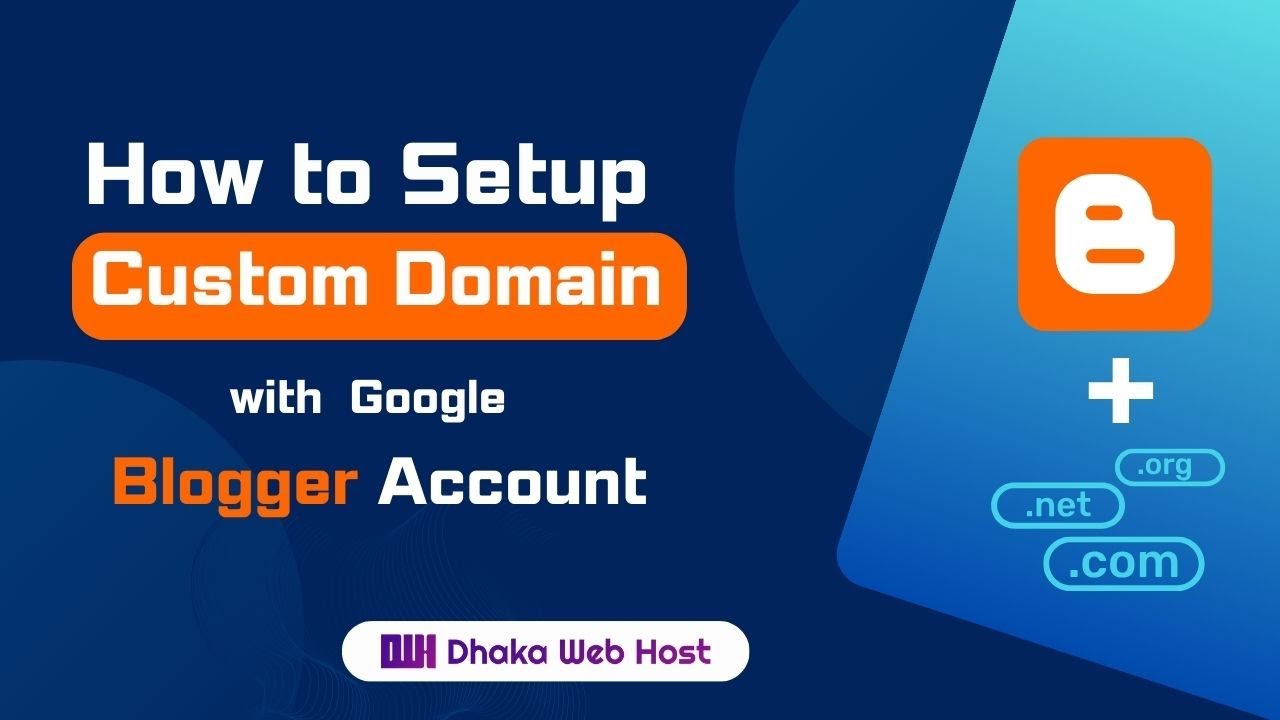Blogger Hosting Custom Domain: A Comprehensive Guide
Are you a blogger looking to take your website to the next level? Do you want to professionalize your online presence by hosting your blog on a custom domain? In this guide, we will walk you through everything you need to know about blogger hosting with a custom domain.
What is a Custom Domain?
A custom domain is a unique web address that represents your brand or blog name. Instead of using a generic domain like myblog.blogspot.com, you can have a custom domain like myblog.com. This helps you stand out in a crowded online space and gives your blog a more professional appearance.
Why Host Your Blogger Site on a Custom Domain?
Hosting your blogger site on a custom domain offers several benefits. Firstly, it helps in branding your blog and makes it easier for your readers to remember your website address. Secondly, a custom domain improves your site’s search engine optimization (SEO) as search engines tend to favor websites with custom domains over subdomains.
How to Host Your Blogger Site on a Custom Domain
Hosting your blogger site on a custom domain is a straightforward process. Here are the steps you need to follow:
- Choose a domain name registrar: The first step is to choose a domain registrar where you will purchase your custom domain. Popular domain registrars include GoDaddy, Namecheap, and Google Domains.
- Buy a custom domain: Once you have selected a domain registrar, you can search for and purchase your custom domain. Make sure to choose a domain name that is easy to remember and reflective of your blog’s content.
- Set up DNS settings: After purchasing your custom domain, you need to configure the Domain Name System (DNS) settings to point to your blogger site. This usually involves adding A records and CNAME records provided by Blogger to your domain registrar’s DNS settings.
- Enable HTTPS: To secure your blogger site, you should enable HTTPS by purchasing an SSL certificate or using a free service like Let’s Encrypt. This helps protect your visitors’ data and improves your site’s security.
- Verify domain ownership: Finally, you need to verify your domain ownership with Blogger to complete the setup process. This involves adding a TXT record or CNAME record to your domain’s DNS settings as instructed by Blogger.
Conclusion
Hosting your blogger site on a custom domain is a great way to enhance your online presence and establish a unique brand identity. By following the steps outlined in this guide, you can easily set up your blogger site on a custom domain and reap the benefits of increased visibility and credibility. So what are you waiting for? Take the plunge and elevate your blogging game today!
